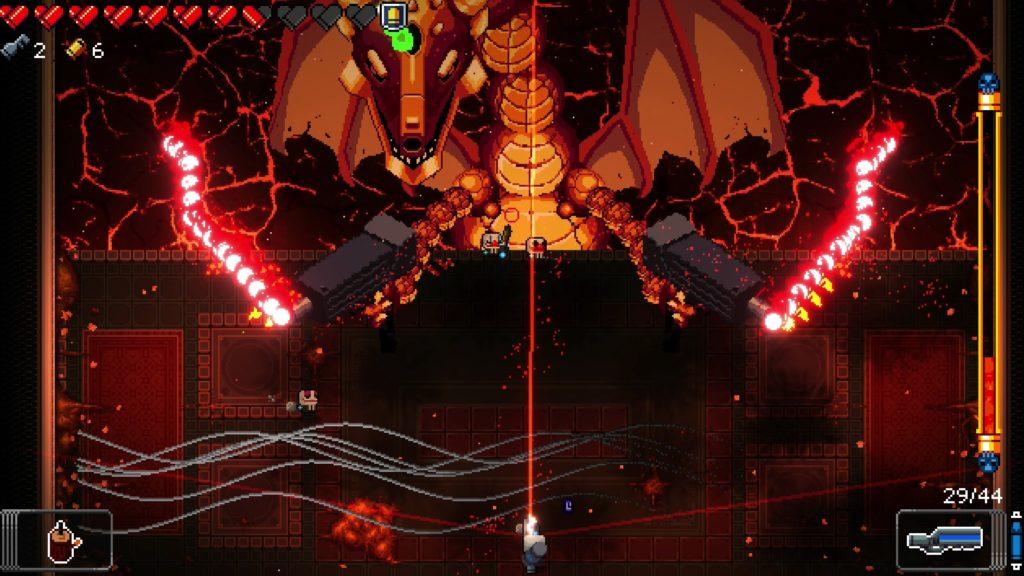Part 1: Working With System Dynamics
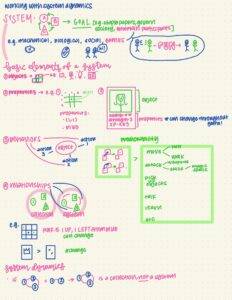
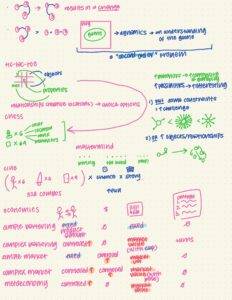


Part 2: Game Dev Tycoon
I played Game Dev Tycoon, a digital business simulation game created by Greenheart Games. Players grow their own game development business, starting from the humble origins of working in their own garage. I played for an hour and was able to make some games, do some research, and learn from some game reports/industry news.
The game doesn’t require any preexisting knowledge about running a company, but it does use some gaming terms that may be overwhelming for people who are young or very nontechnical (see Figure 1). Based on this, the target audience would have a wide age range (anyone from not-super-young kids to grown adults) and be best for people who have some interest in video games or running a business. However, it probably wouldn’t be super interesting for someone who does work in business as it may oversimplify the job or trigger their own job stress, and overall they wouldn’t have much more to learn about it.
 Figure 1: Content that might not mean much to a lay audience
Figure 1: Content that might not mean much to a lay audience
Simulation is a great genre for this topic as it enables players to be fully immersed in the process of running a game development company. The game gives many pointers early on, so even players who don’t know much about the world can get into it (see Figure 2). I think this is very important in a game that’ll gradually build to being more free play, and I’ll make sure to emulate this in my own game.
 Figure 2: Helpful instructions
Figure 2: Helpful instructions
When I got the feedback on my first game, it randomly spun through numbers, which made me feel like my choices didn’t actually lead to much, especially given that I got horrible reviews (see Figure 3). The reviews also did not make it clear to me what my game had failed at since all I’d done was pick things like genre and how much money to focus on sound, and reviews did not focus on any of these. I believe that it’s important to make players feel like their choices actually lead to various impacts in a simulation game, which I’ll be sure to keep in mind when building my own game. Game reports did provide specifics, which was helpful, but I couldn’t figured out if they were saved anywhere, so it was up to me to remember (a bit of a mental burden for the user). Like we discussed in class, I’ll ensure in my own game that users can offload this mental load onto game objects to free up their mental space for strategy.
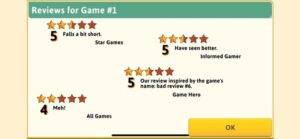 Figure 3: First game’s reviews
Figure 3: First game’s reviews
I also appreciated the inclusion of industry news (see Figure 4)! It helped ground the game more in real life, provided some good information to help with decision-making, and contributed to building a nice narrative arc.
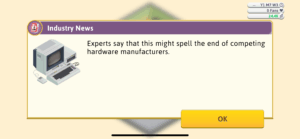 Figure 4: Industry news!
Figure 4: Industry news!
The game had a loop to understand how to build a good game: players had a mental model of what a good game should look like, then they’d choose things like their concept and budget and ship the game, then they’d receive feedback and update their mental model. There was also a central story arc of building up the company through the actions of users. There was also a larger narrative arc that was built through things like industry news, but users didn’t have control over this (which makes sense), so it’s not an arc in the game design sense. Regardless, the loop and arcs pushed players to develop their skills in running a company and building good games, and the arcs also kept the environment constantly shifting so players would need to adapt their skills.
Some values present in the game include prioritizing experimentation instead of following a specified way to do things (players get lots of instructions but we mostly learn from releasing games and learning from failure) as well as a balance between encouraging players through a structured narrative arc and enabling players to learn/explore.
I believe the game did a great job representing represented the system of a game development company and helping users learn about it through simulating the role of its founder.



